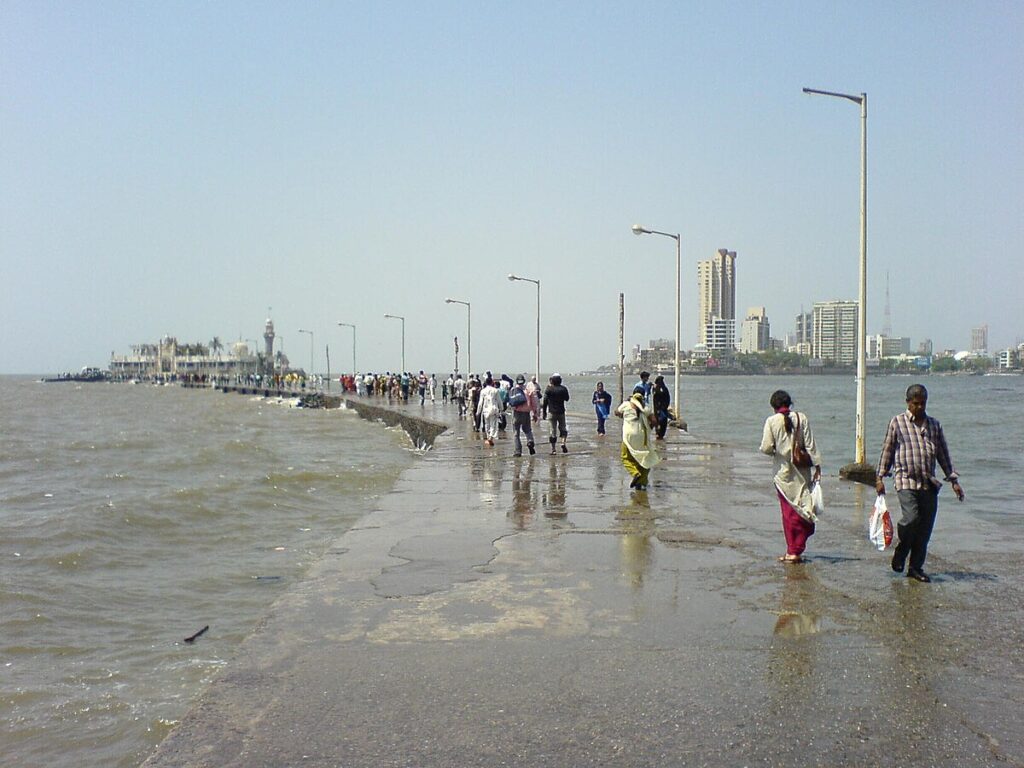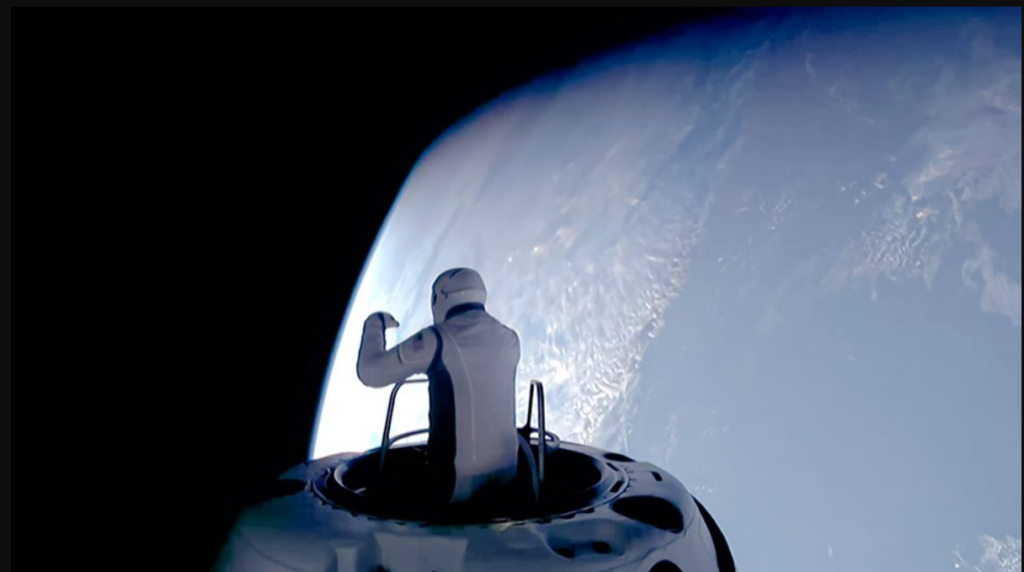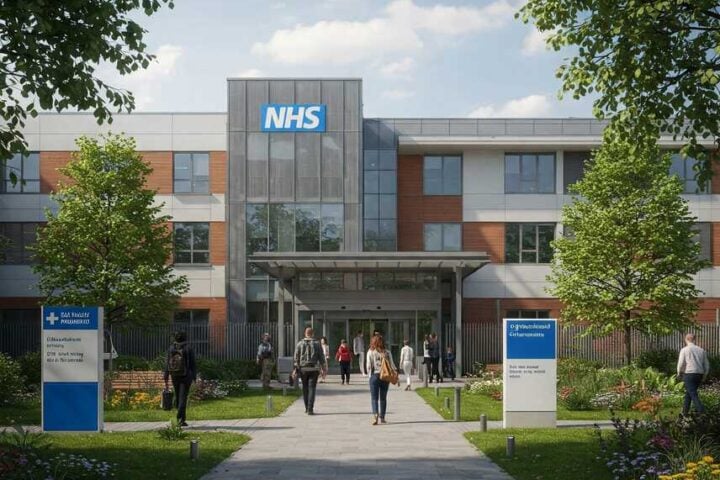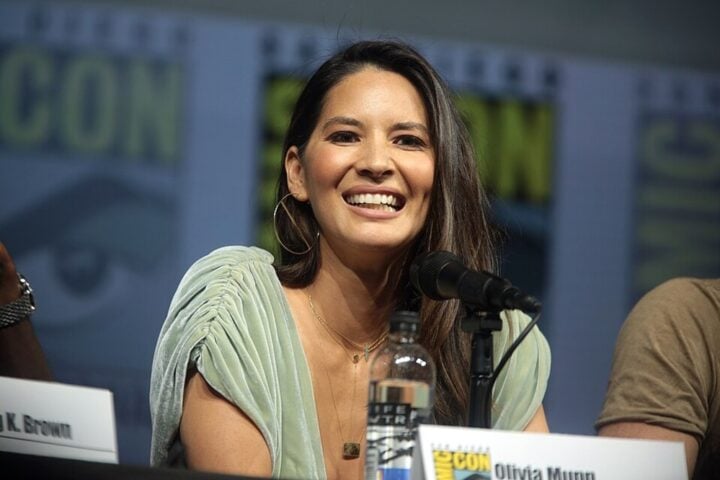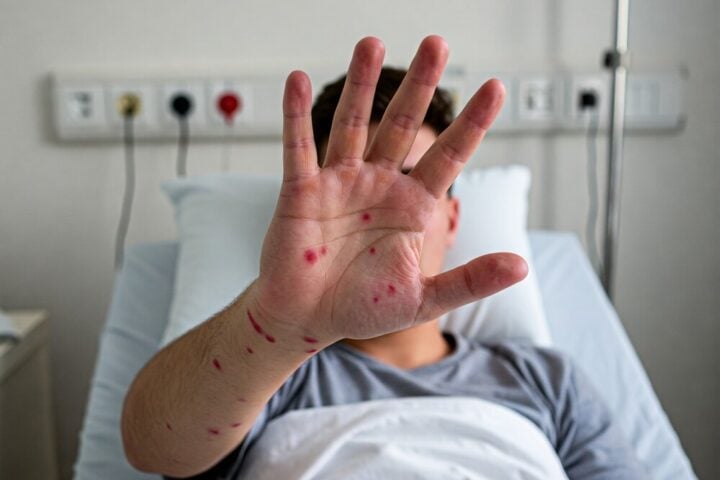In a world where our urban landscapes are increasingly dominated by traffic and its accompanying pollution, a new study sheds light on how this environmental factor might be shaping the minds of our youngest citizens. Researchers from the Barcelona Institute for Global Health (ISGlobal) have uncovered a concerning link between exposure to nitrogen dioxide (NO2) – a common pollutant from vehicle emissions – and decreased attention capacity in children aged 4 to 8.
The Nitty-Gritty: NO2 Exposure and Cognitive Impact
The study, published in Environment International, analyzed data from 1,703 mother-child pairs across four regions in Spain. Using home addresses to estimate daily NO2 exposure during pregnancy and early childhood, researchers found that higher levels of this traffic-related pollutant were associated with poorer attentional function in children.
Key findings include:
- Children exposed to higher NO2 levels between 1.3 and 1.6 years of age showed less consistent response speeds in attention tests at ages 4-6.
- Exposure between 1.5 and 2.2 years correlated with more omission errors in these tests.
- Boys seemed particularly vulnerable, with effects persisting up to 8 years of age.
Dr. Anne-Claire Binter, the study’s last author and postdoctoral researcher at ISGlobal, explains, “These findings underline the potential impact of increased traffic-related air pollution on delayed development of attentional capacity and highlight the importance of further research into the long-term effects of air pollution in older age groups.”
The Brain Under Siege: How Air Pollution Affects Cognitive Development
The human brain, particularly the prefrontal cortex responsible for executive functions, undergoes a prolonged maturation process during pregnancy and childhood. This extended development period, while allowing for remarkable adaptability, also leaves the brain vulnerable to environmental insults like air pollution.
Animal studies have linked air pollution exposure to inflammation, oxidative stress, and impaired energy metabolism in the brain. These processes can interfere with the delicate dance of neural connections forming in a child’s developing mind, potentially leading to long-term cognitive deficits.
Similar Posts
Boys vs. Girls: A Gender Divide in Pollution Susceptibility
Interestingly, the study found that boys may be more vulnerable to the long-term effects of NO2 exposure. Dr. Binter hypothesizes, “In boys, the association between exposure to N02 and attentional function may last longer because their brains mature more slowly, which could make them more vulnerable.”
This gender difference highlights the complex interplay between environmental factors and biological development, emphasizing the need for nuanced approaches to protecting children’s cognitive health.
Beyond Attention: The Wider Impact of Air Pollution on Child Health
While this study focused on attentional function, it’s crucial to recognize that air pollution’s effects on children’s health are far-reaching. Dr. Maria Neira, Director of the Department of Environment, Climate Change and Health at the World Health Organization, states, “Several studies have suggested that both prenatal and early childhood long-term exposure to air pollution will have a negative influence on neural development, resulting in lower cognitive test outcomes. There will also be a negative influence on some behavioral disorders like autism and attention deficit hyperactivity disorder.”
“In addition to that, some evidence found that exposing our children’s and young adults’ brains for a long time to particulate matter will cause reactions like brain inflammation, altering the neural response and leading to the accumulation of more protein plaques. These can increase the risks for diseases like Alzheimer’s and Parkinson’s,” Dr. Neira adds.
These neurological, respiratory and cardiovascular impacts can compound cognitive effects, creating a multi-faceted threat to children’s overall well-being and future potential.
The Economic and Environmental Ripple Effects
The implications of air pollution extend beyond individual health. As per OECD: “Air pollution causes economy-wide reductions in market economic activity, with a 1μg/m³ increase in PM2.5 concentration causing a 0.8% reduction in real GDP.”
Moreover, the environmental consequences of air pollution, including habitat damage and contributions to climate change, create a feedback loop that further threatens children’s health and development.
A Call to Action: Protecting the Next Generation
Dr. Binter emphasizes, “This study suggests that early childhood, up to the age of 2, seems to be a relevant period for implementing preventive measures. Even a small effect at the individual level from relatively low levels of exposure, as in this study, can have large consequences at the population level.”
Parents, policymakers, and urban planners all have roles to play in mitigating children’s exposure to traffic-related air pollution:
- Advocate for stricter emissions standards and investment in clean public transportation.
- Create green buffer zones between high-traffic areas and residential/school zones.
- Improve indoor air quality in homes and schools through proper ventilation and filtration.
- Support urban planning initiatives that prioritize pedestrian and cyclist-friendly infrastructure.
Looking Ahead: The Need for Continued Research
While this study provides valuable insights, many questions remain. Future research directions could include:
- Longitudinal studies tracking pollution exposure and cognitive outcomes into adolescence and adulthood.
- Investigations into potential interventions to mitigate the cognitive effects of early-life pollution exposure.
- Exploration of how socioeconomic factors interact with pollution exposure to affect child development.
Dr. Maria Neira reiterates,“Every politician must know that delaying what they call the tough actions, like reducing traffic in cities or investing in public transport and engaging in promoting cycling in cities, investing in renewable energy, promoting cleaner energy for cooking, cooling, transportation, and heating, are solutions that are very smart. Because, in fact, they reduce emissions, they improve air quality in line with WHO standards, which are the standards that will protect ourselves.”
As we navigate the complex landscape of urban development and environmental health, studies like this serve as crucial guideposts, reminding us that the air our children breathe today shapes the minds that will lead our world tomorrow. Dr. Anne-Claire Binter concludes, ” Exposure to traffic-related air pollution is therefore a determinant of the health of future generations.”

